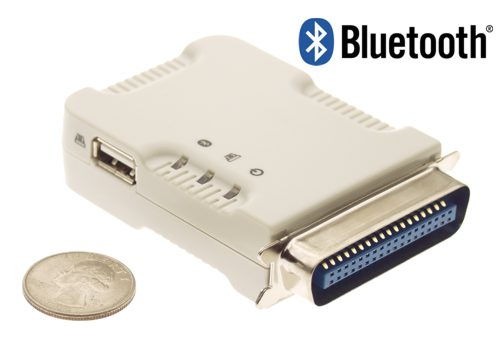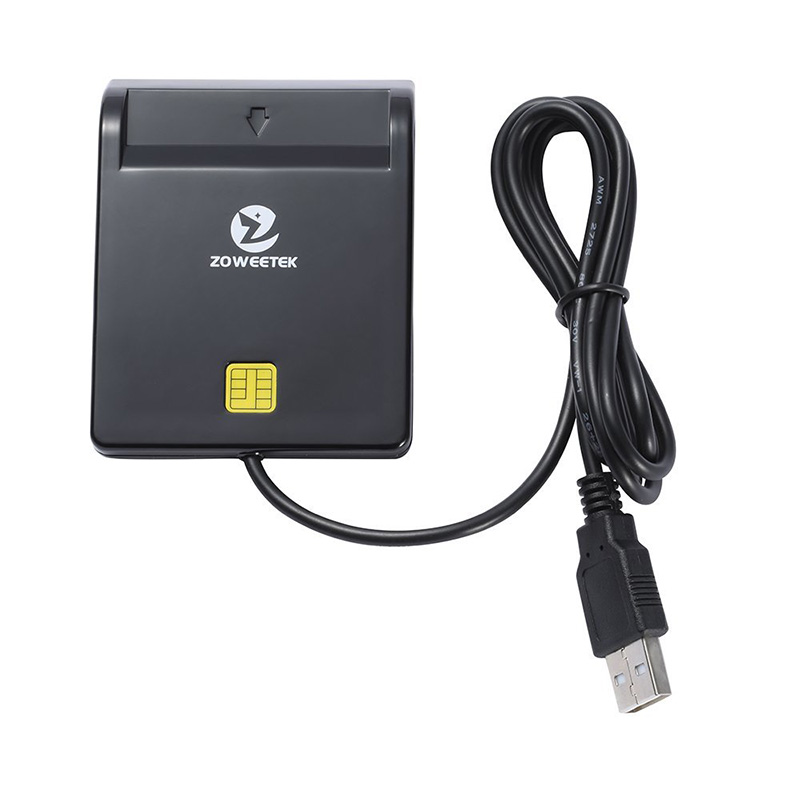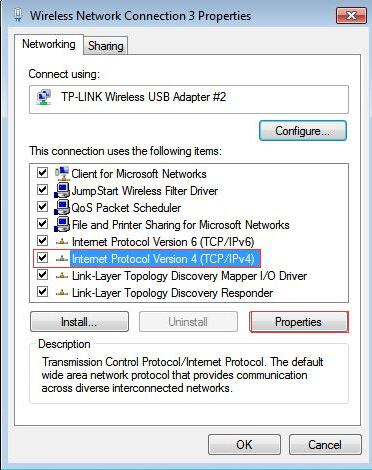Rating: (3) Hello, does anyone know if there's a way to display the network list similarly as it was possible in S7 5.5 for example? I mean the titles of the networks (LAD editor) can be seen in a similar way if you collapse all networks (ALT+F12), but in S7 5.5 you could just have this list displayed in a separate frame of the window using the 'Networks' tab, therefore simply. Siemens’ AM Network digitalizes and consistently improves your processes and ultimately accelerates the value in using Additive Manufacturing.
Our vision is a globally connected ecosystem that delivers on-demand manufacturing services for industrial entities looking to accelerate their time to market and customer through collaboration and digitalization of the process chain.
Our Mission
There’s a growing demand for shorter times to market, for bespoke products, produced near the end user. The Siemens’ Additive Manufacturing Network has a simple mission: to accelerate the mass adoption of industrial additive manufacturing.
For mass adoption, the global AM industry needs more intelligent ecosystems and simplified supply chains. Our constantly evolving solution provides advancement, education, access to and exchange of knowledge, as well as dedicated services, technology and tools.
Siemens AM Activities

Siemens’ innovation spans over 160 years from the Pointer Telegraph to the brink of the fourth industrial revolution. As one of the leading industrial manufacturers in the world, Siemens has always focused on harnessing advanced technologies to pioneer every field we work in.
Our AM activities ranges from designing high-end AM parts, running state-of-the-art AM production facilities and providing the most comprehensive AM digital products. Siemens is now the only company in the world to offer automated solutions and integrated software for industrial use.
For more information on the automated Additive Manufacturing Factory 4.0, click here.
Click HereSiemens Network Cabling
People think IoT is about cost savings, it is actually about increasing the topline of the business, and that is more transformational for the customer.
That's the view of Gerhard Kress, VP, Internet of Things Platform at Siemens Mobility. As a data leader, Kress is driving the deployment of data services at Europe's largest manufacturer of locomotives and transport products and services.
Siemens Mobility, formerly known as Siemens Transport Systems, has a portfolio of three divisions for rail, road and, the increasingly important, intermodal transport. This portfolio encompasses the manufacturing of high speed and commuter locomotives and coaches, traffic and parking systems for cars, as well as Apps, ticketing and management platforms. As a result, Siemens Mobility essentially offers the full end-to-end of a journey, from getting to the terminus, purchasing a ticket, sending the locomotive to the correct platform, the coach, and the vehicle to propel the passenger to their destination. Or alternatively directing a car from home to its destination and parking place.
Whether travelling by road or rail, data has become a vital fuel for ensuring journeys are efficiently carried out, and as Kress points out, satisfying customers and increasing the margin of the operator.
Our business started out as a maintenance operation and we have come to realise that we need to help the customer understand what issues there are, and how we can minimise them.
Kress and his team around the world have helped Siemens Mobility transform into a business offering value added services to the rail operators that acquire the rolling stock that the German firm manufacturers. This offering is on time too. Demand for public transport is growing globally, tendering and delivery of new rolling stock can take up to five-years and is a major investment.
Rail assets are very long lasting, they can be in service for over 30 years, so for a rail operator, the management of the installed base is vital, a 10 year old train is considered new.
Data and analytics technologies as-a-service is therefore enabling Siemens Mobility to become a close partner to the rail operators, and play an instrumental role in keeping the wagons rolling.

We realised that if we can improve the availability of rolling stock, then the operators get a measurable increase in the quality of service they offer. For example, in Bangkok the elevated metro is running at such a high frequency that if a train loses 10 seconds per stop in its journey, then after six stations you lose a train from that service, so trains must not fail.'
In Singapore the city wants to operate the best performing metro in the world to make sure that the city can function, so if the public transport is unreliable, it has a huge economic impact. Such transport systems are often running with zero spare capacity.
Sharing the ticket
Far from being a transport of the past, dogged by romanticism about the steam age and empire, the rail sector across Europe and Asia is digitising and speeding ahead.
We are now a partner to the rail operators that helps them embrace new technologies and transform their businesses. As a result, the customer gets more return on their assets. For example, 10% more train journeys from the same number of vehicles.
Reducing the downtime of the rolling stock is one of the first successful journeys Siemens Mobility has delivered to rail operators.
We optimise the maintenance, so that there is greater availability of the asset. This is achieved through having a good first time fix rate, so the asset spends less time in the depot, this then reduces the impact on the revenue generation as the asset is in service.
Commuters in the UK know all too well the dread of train cancellations or being told that it is a short formation train due to rolling stock being out of service. Although such incidents are commonplace in England, across Europe and Asia there is a higher expectation of a good quality rail service.
We are using a lot of machine learning (ML) to get insight, which we provide to the rail operator and we often guarantee an outcome as part of the service. At Deutsche Bahn we have reduced the maintenance costs and Siemens Mobility is paid a share of the savings.
Those savings are achieved in a number of ways, including using the ML to understand where parts need to be in the depot.
A train can be 250 metres long, so if you have to collect a spare part, then almost an hour is lost and this creates a lot of waste in the process. We have also halved corrective issues. Whilst predictive maintenance means you can reduce costs and improve the lifecycle of an asset.
Predictive maintenance is proving a hit with the rail operators and Kress reports tenders from franchise owners in Germany and the UK have been won as a result of this offering. Siemens Mobility provides these data services via a partnership with data analytics technology provider TIBCO, whose Spotfire analytics dashboard technology is the rails that keep Siemens Mobility rolling and their customer's trains on-track.
Digital rails
Nokia Siemens Network
You need a digital environment to make your public transport faster.

But not only faster, Siemens Mobility believes travel is set to change and as a result be digitised.
I believe we are heading towards a multi-modal system of travel that is adapted according to demand. At the moment it is fixed schedules in rail, and that does not make sense.
But as an operator if you understand that your trains are available, then you can provide better route and travel options. Soon there will be real-time time-tables, it is already being trialled in Finland.
Kress admits that the rail industry innovation cycles are longer and that the sector - which is closely regulated or in government ownership of some form - is lobbying political powers to make regulatory modifications at the speed of a TGV and not a shunter in the yard.
Interest in rail travel has increased following the pandemic, which highlighted to many the environmental damage flying causes. Digital and analytics technology has played a role in the rail sector responding to the pandemic. Siemens mobility provided Govia, which operates routes into and across the British capital, London, with analytics tools that had previously helped the part French owned business fill its trains. With the UK having the highest Covid-19 mortality rate in Europe, Siemens Mobility helped Govia spread customers across the trains ensuring a lower capacity and therefore higher safety. A complete turn around from trying to fill the trains to keeping them socially distant.
Coronavirus has shown rail firms that digital is solving some of their problems.
There are though limits to the connectivity that will take place in rail. As an industry built on electro-mechanical engineering, there are major challenges to adding sensors to rolling stock and rail lines.
We hardly deploy additional sensors, we use what is already there in the doors and brakes for example. The longer and faster the train the more sensors that are already there. Plus, adding sensors to a train is a very expensive exercise and prone to breakages. It is remarkable how far you can get with existing data.
Kress says Siemens Mobility has developed over 30 algorithms that calculate the condition of a component, and when combined with information from command systems they get a very good prediction for the best upcoming action.
My take
The outcomes based approach that Siemens Mobility is growing is on time, in Europe high speed rail travel is forecast to grow by 10% and according to bankers UBS is set to be worth $11.96 billion by 2022. Sharing the risk can cause businesses to hit the buffers, but in today's digital ecosystem based economy, it is an approach technology companies increasingly adopt, and as engineering firms like Siemens Mobility add software and services to their offering, then so too must they join this track laid by tech firms.

